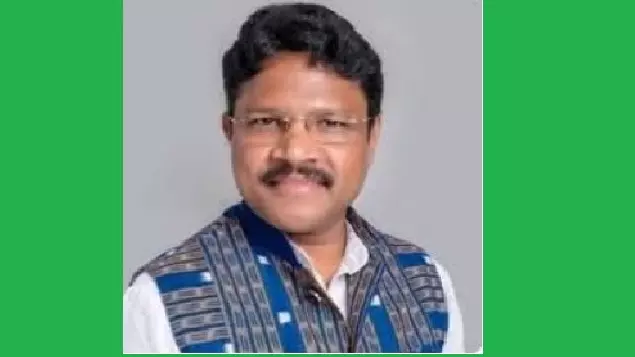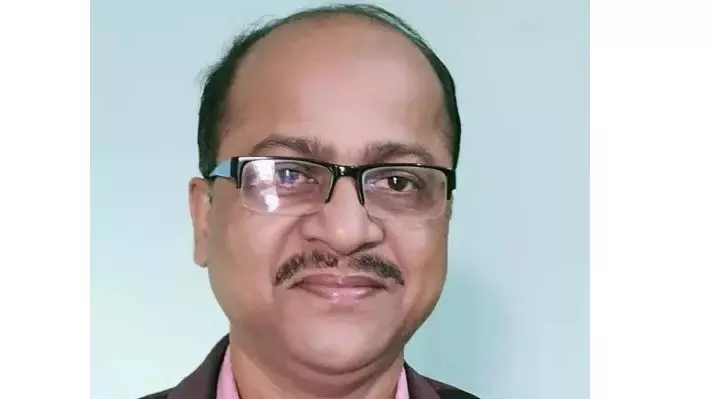Odisha Health Minister: All 30 districts will have medical colleges soon

Bhubaneswar: Odisha health minister Mukesh Mahaling announced in the State Legislative Assembly on Monday that all 30 districts of the state, including Bhadrak, will soon have their own medical colleges. The move is part of the state government’s efforts to strengthen healthcare infrastructure and address the acute shortage of medical professionals.
“It is important to set up medical colleges and fill vacant doctor posts. We have committed to this initiative in our election manifesto,” said Minister Mahaling while addressing the Assembly.
To expedite the process, the state government has introduced key amendments in the medical recruitment policy, receiving approval from Chief Minister Mohan Charan Majhi.
“The recruitment process for 5,000 doctors will begin soon, along with filling 3,000 vacant paramedical staff positions,” the minister added.
The establishment of medical colleges has been prioritised to improve healthcare accessibility across the state. According to Mahaling, the government is investing Rs 250-300 crore in setting up each 100-bed medical college established since 2014.
Odisha currently faces a severe shortage of healthcare professionals, with 5,014 doctor posts vacant, including 1,114 specialist positions. Community health centers (CHCs) in at least 375 locations across the state operate without a single doctor, severely impacting rural healthcare services.
Among the worst-hit districts, Ganjam faces 450 doctor vacancies, followed closely by Mayurbhanj with 309 unfilled positions. These gaps have strained the healthcare system, especially in remote and tribal-dominated regions.
In September, Chief Minister Majhi had reiterated the state government’s commitment to establishing medical colleges in each district and filling up vacant posts on a priority basis.
According to experts, the recruitment drive and construction of new medical colleges are expected to boost healthcare services and medical education, ultimately reducing the state’s dependence on larger hospitals in urban centers.

